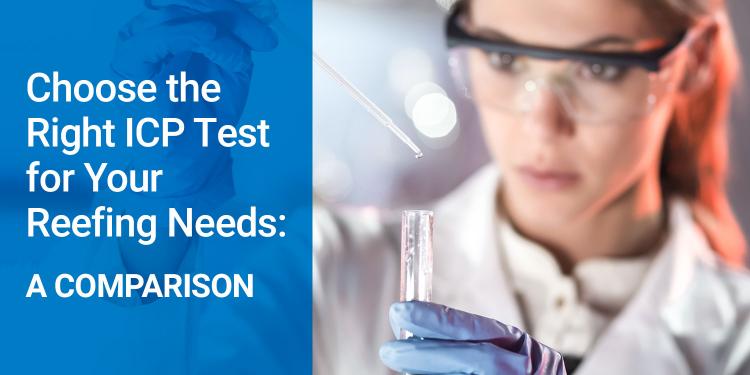- Joined
- Sep 28, 2019
- Messages
- 1,637
- Reaction score
- 1,090
I mean the part about IO having no standards to their salts. I do believe it's him that uses IO purple but it could have been someone else high up on the experience list that recommend io purple as it's supposedly consistentMaybe @Randy Holmes-Farley can chime in on this



















